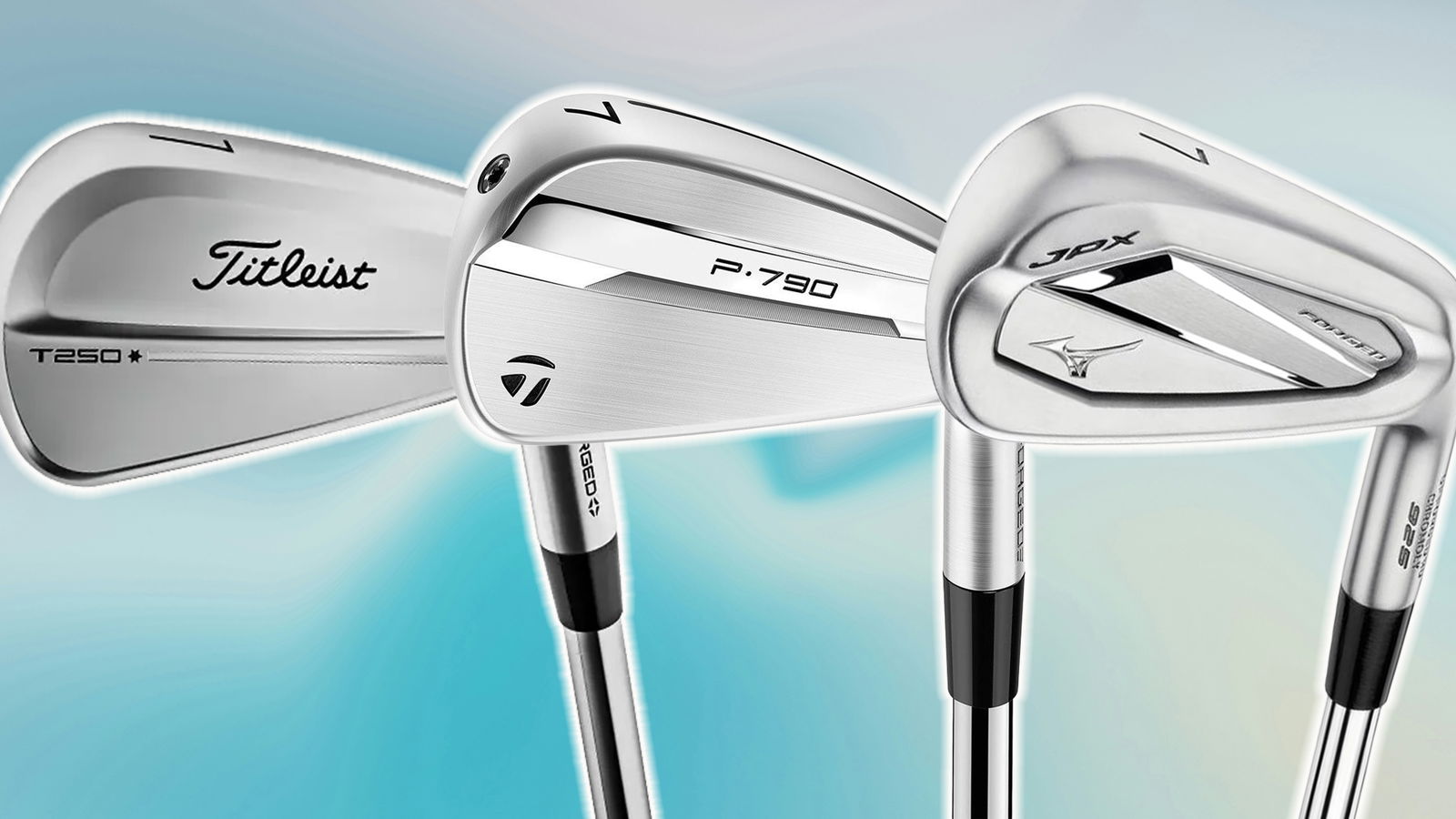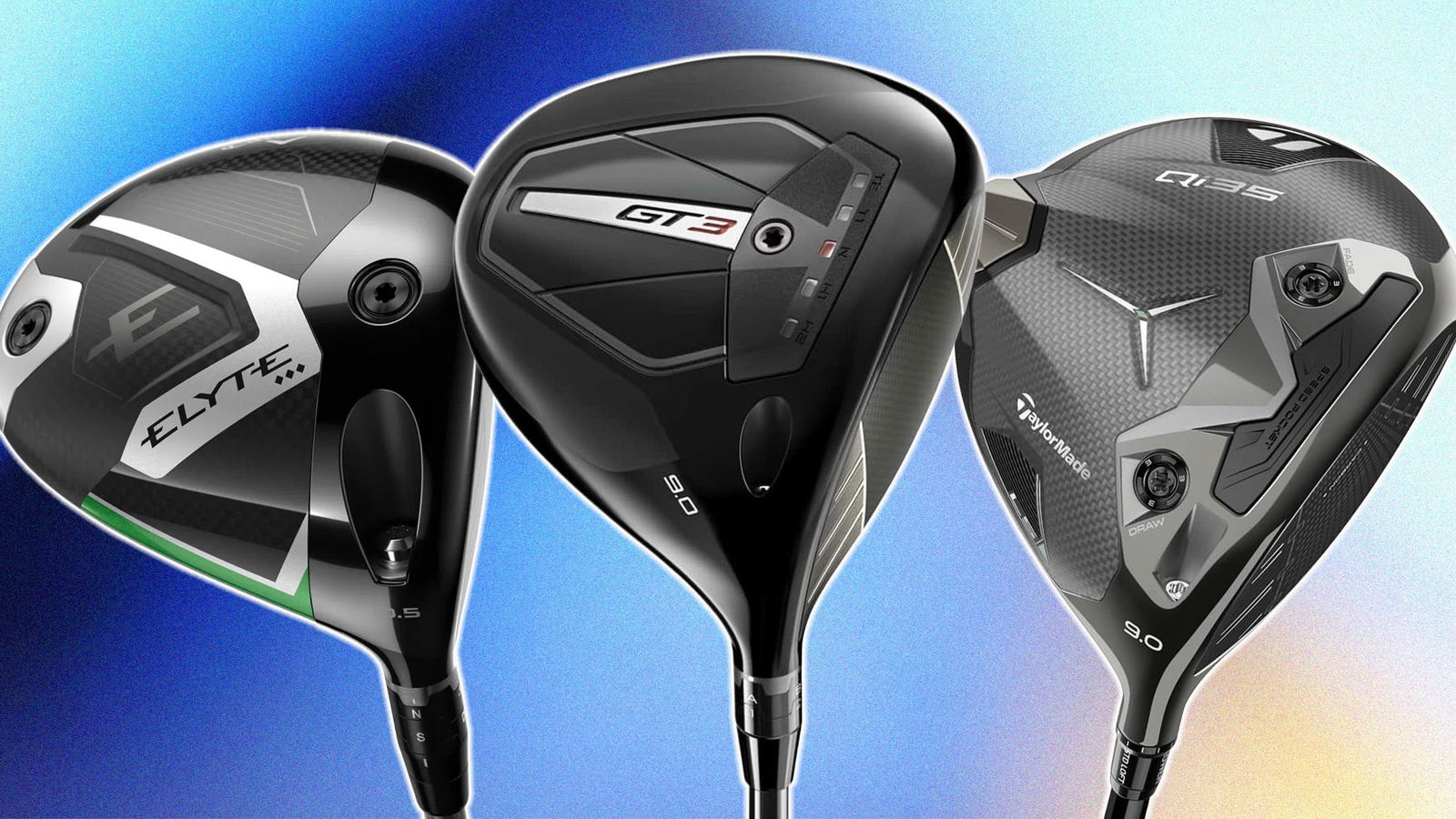The best beginner drivers to help every golf newcomer crush it off the tee
Looking for a driver that'll set you on the path to lower scores? You've come to the right place.

GolfMagic may receive a small advertising or affiliate commission if you buy via our links. Pricing may vary.
While every club in the bag is important, perhaps the most valuable one for a beginner is the correct driver.
With most beginner golfers lacking the precision and speed required to hit driving irons or woods, being able to find the fairway with the big stick is of paramount importance.
Thankfully, driver technology has come leaps and bounds in the last decade, with both heads and shafts now in a place where more newcomers to the game can regularly find the fairway than ever before. And as much of the initial struggle of golf simply comes with getting the ball the distance to the hole, getting a driver that prioritises easy launch and carry distance can be an invaluable tool in the quest to break 100.
While we also carry a guide to more forgiving drivers for mid-to-high handicappers, for the purposes of a true beginners list we've taken into account, forgiveness, looks, ease of use and and overall performance from across the entire range of drivers on the market in 2025.
From this, we've hand-selected six of the best drivers right now that would set any beginner golfer off on the right foot.
Our expert testers have tested all of the drivers on this list, putting them through their paces on the golf course, as well as in the studio – our mission, as always being to help you get the most out of your driving and shoot lower scores at a price that is right for you.
The Best Golf Drivers for Beginners in 2025
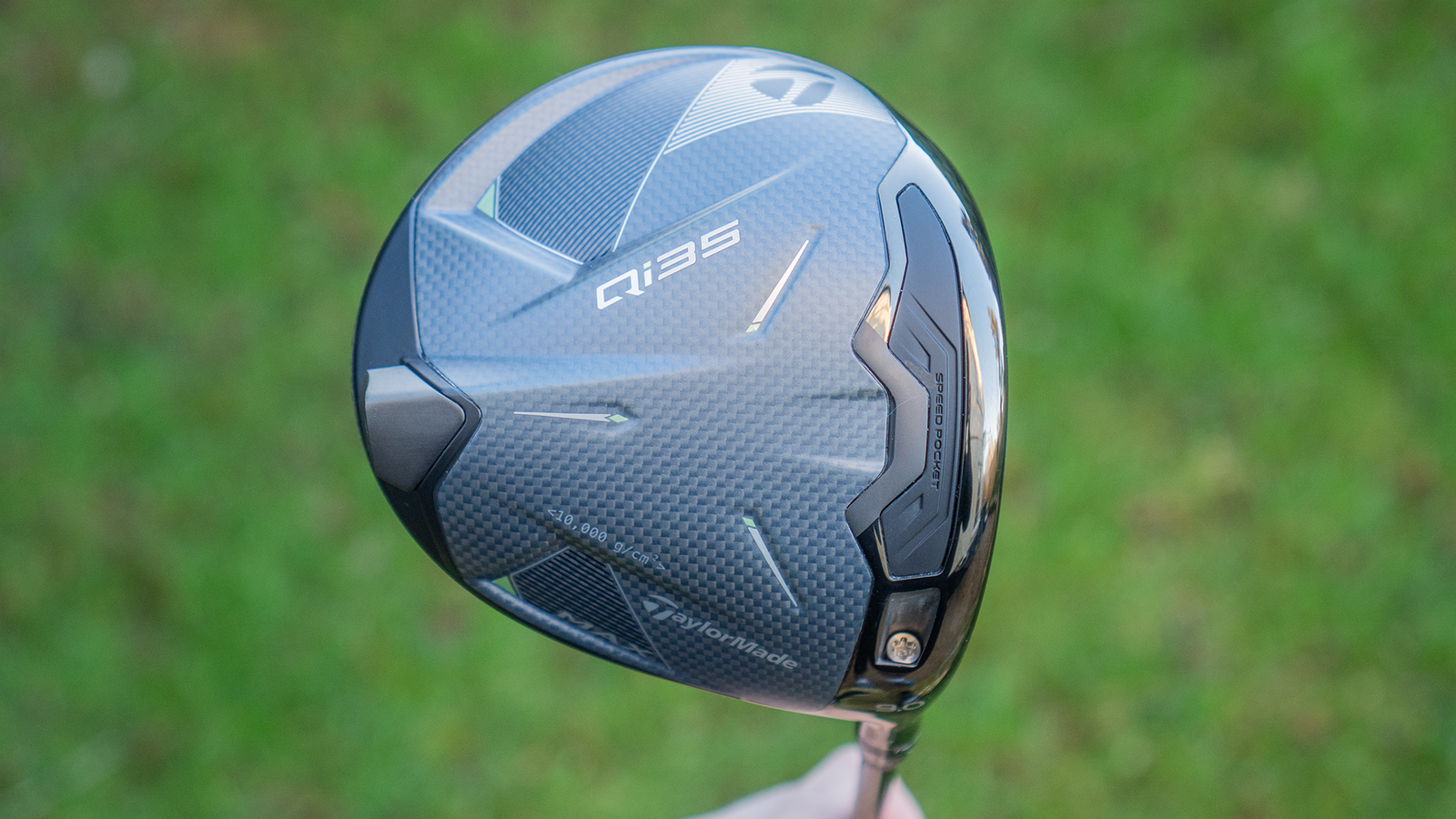
TaylorMade Qi35 Max
Key Features:
- Fourth-generation carbon twist face for maximum energy transfer and alignment benefits.
- New symmetric inertia generator includes a massive 34g tungsten weight, creating the best launch conditions we have seen in a 10k TaylorMade driver
- High inertia shape paired with Thru-Slot Speed Pocket, 4° loft sleeve and Infinity Carbon Crown
Price: £529
Pros:
- Incredibly forgiving
- Still packs plenty of punch
- One of the easiest drivers on the market to hit
Cons:
- Expensive
TaylorMade’s Qi35 Max driver aims to dominate the 10k MOI sector in 2025, prioritizing forgiveness and consistency for golfers of all levels. Central to its design is the new symmetric inertia generator, featuring a 34g tungsten weight positioned low and back for improved launch and forgiveness. Combined with chromium carbon construction, this driver optimises flight, spin, and ball speed across the face.
Visually, the Qi35 Max makes an impact with its large profile and futuristic aesthetic, inspired by high-performance sports cars and fighter jets. The light grey chromium carbon finish, dynamic sole design, and modern crown deliver a bold, tech-forward look. The fourth-generation carbon face feels lively and responsive, providing ample feedback while delivering a satisfying sensation at impact.
While the Qi35 Max isn’t designed solely for speed, it still generates impressive power. It excels in forgiveness, maintaining consistent spin, ball speed, and dispersion even on off-center hits. The slight draw bias helps correct mishits, and the increased spin benefits players with slower swing speeds.
For those entering the 10k MOI category, the Qi35 Max is an outstanding option. However, Qi10 Max owners won’t see dramatic improvements. Get fitted for optimal results, as this forgiving, easy-launching driver is among 2025’s best.
READ OUR FULL TAYLORMADE QI35 MAX DRIVER REVIEW
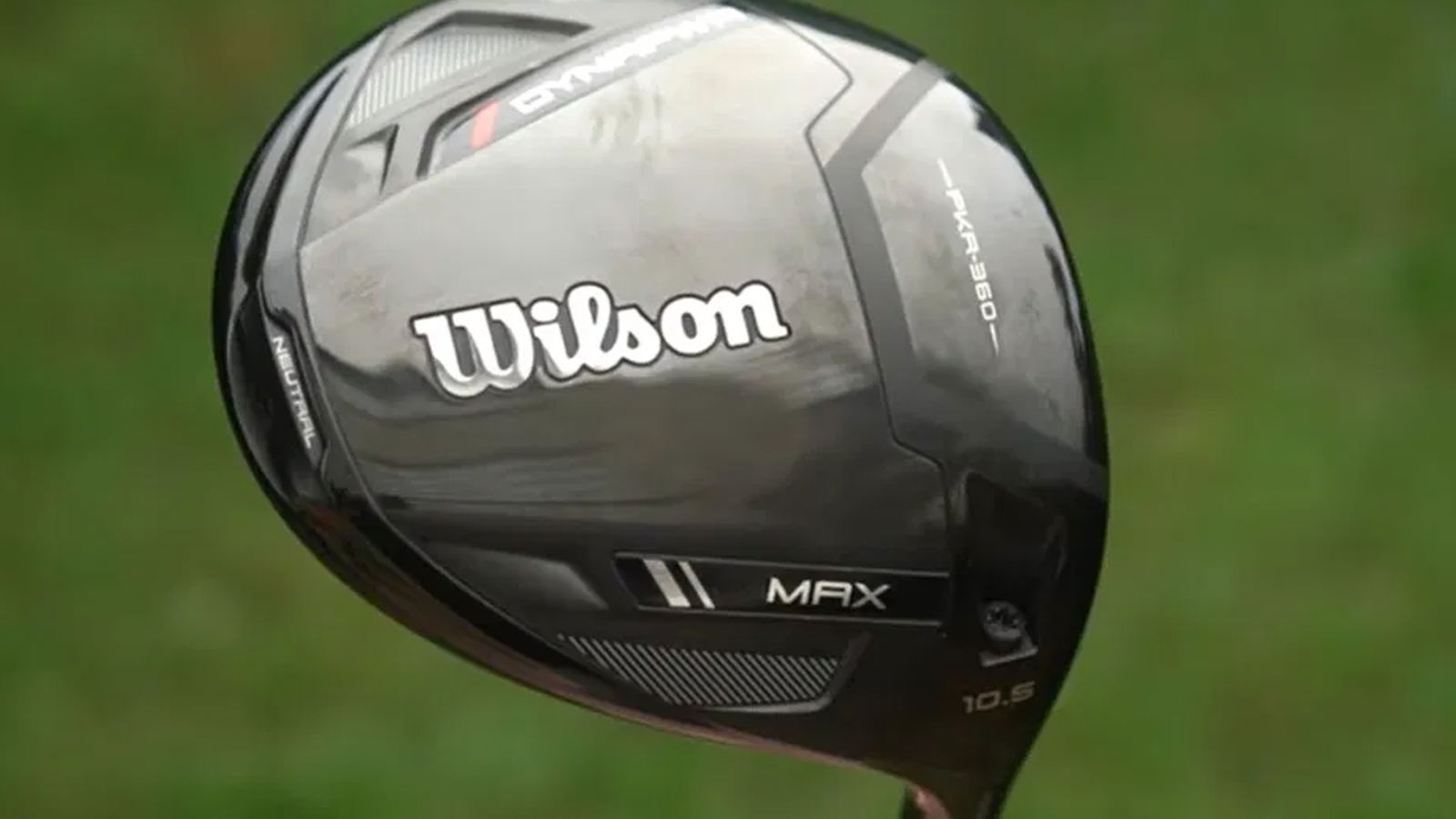
Wilson DYNAPWR Max
Key Features:
- The increased front-to-back and heel-to-toe length delivers a higher moment of inertia (MOI) than ever before, ensuring the straightest tee shots
- PKR-360 face is milled to various thicknesses to provide more ball speed across the entire face
- Flippable rear weight allows golfers the ability to fine-tune their left to right shot shaping to deliver straighter tee shots.
Price: £480
Pros:
- Extremely forgiving
- Confidence-inspiring at address
- Both models sound and feel fantastic
Cons:
- Less adjustability than some competitors
- Wilson's most expensive driver to date
- Expensive for a Wilson driver
Wilson have been quietly turning heads with the increasing quality of their metal woods for some time now, and the DYNAPWR Max provides more forgiveness and MOI than any driver the brand has ever produced.
Featuring a larger head profile and an A.I driven PKR-360 face, this driver provides outstanding levels of forgiveness and ball speed from across the face, even on less than ideal strikes.
One of the most forgiving clubs we've ever tested, the DYNAPWR Max is a fairway-finding machine.
The drawbacks? The DYNAPWR Max perhaps isn't the most adjustable driver on this list, with just the one flippable weight that can be turned to emphasise MOI or a draw bias depending on what you most value.
It's that extra forgiveness, plus its attractive price point, that makes this driver an excellent choice for beginner golfers who want to get serious about the game.
READ OUR FULL WILSON DYNAPWR MAX DRIVER REVIEW
_0.png?width=1600)
Cobra DS-Adapt Max-K
Key Features:
- SmartPad technology to keep face square with loft and lie changes
- Progressive Aero shaping to reduce drag and increase club speed
- Movable weight technology to maximise shot shaping
- FUTUREFIT 33 Adjustable Hosel System
Price: £469
Pros:
- One of the best-looking drivers of 2025
- Exceptional levels of adjustability
- Very easy to hit with bags of forgiveness
Cons:
- Adjustment options might be overwhelming for newcomers
- No notable cons
The Cobra DS-Adapt Max-K driver is a standout addition to the 2025 market, combining exceptional forgiveness with cutting-edge customisation. Breaking the 10k MOI barrier, this driver is designed to deliver unparalleled stability and accuracy. Its FUTUREFIT33 adjustable hosel offers 33 loft and lie configurations, while the Smartpad sole technology ensures the clubface stays square at address, no matter the setting.
Aesthetically, the Max-K builds on Cobra’s popular Darkspeed line with sleek black, silver, and carbon accents, creating a modern and dynamic look. Its angular crown design and rear sole weight enhance its visual appeal and functionality. The driver produces a strong, satisfying crack at impact and provides ample feedback, ensuring players can pinpoint their strikes.
In performance, the Max-K prioritises forgiveness over raw speed, making it a fairway-finding machine. Even off-centre hits benefit from the stability and face technology, reducing errant shots. The new adjustable hosel allows quick, precise setup adjustments, optimising performance for various swing styles. With spin hovering around 3,000 RPM, the driver offers a neutral, workable ball flight.
At £469, the Max-K delivers excellent value, outperforming pricier competitors in forgiveness and playability. Ideal for players seeking maximum forgiveness and customisation, it’s a top contender for 2025.
READ OUR FULL COBRA DS-ADAPT MAX-K DRIVER REVIEW
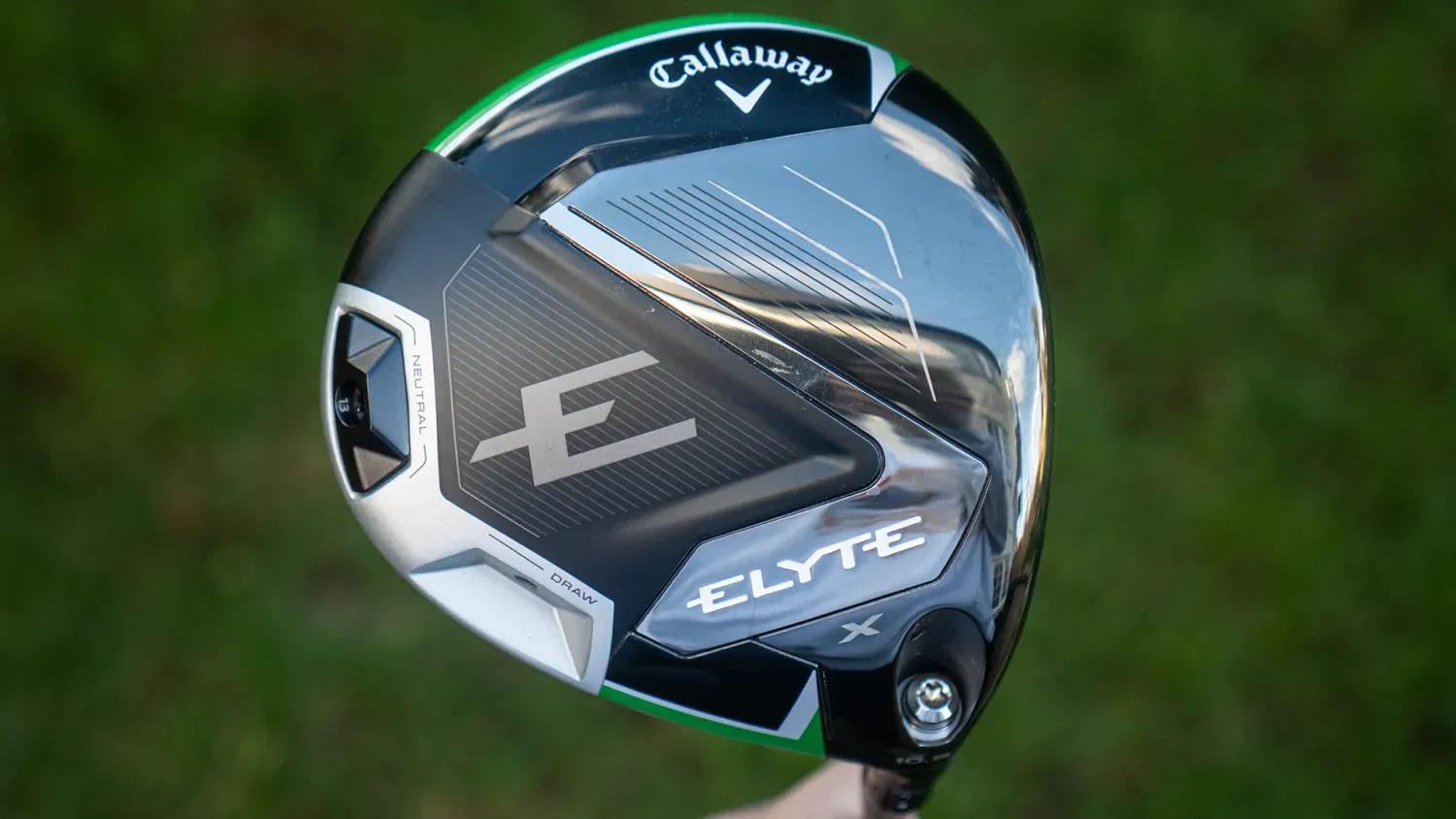
Callaway Elyte X Driver
Key Features:
- Neutral and draw settings with an adjustable 13g weight
- Thermoforged Carbon crown enables fast head speeds while optimising launch and spin
- Ai10x Face delivers 10x more control points than the Ai Smart Face
Price: £569
Pros:
- Draw bias setting will really help those who struggle with a slice
- Lovely, robust feel from across the face
- Better adjustability than the Paradym Ai Smoke Max D
Cons:
- Higher launch and spin not ideal for faster swing speed players
- Expensive
The Callaway Elyte X is the most forgiving driver in the 2025 Elyte range, tailored for players seeking maximum launch and forgiveness. With a 460cc head and Thermoforged carbon crown, it retains ball speed across the face while optimising spin and launch. Its adjustability includes a moveable weight for neutral or draw bias settings, complemented by the new Ai10x smart face, which features 10x more control points for enhanced performance.
Aimed primarily at beginners and slicers, the Elyte X offers a versatile option for golfers looking to boost forgiveness and launch. Its bulbous yet aerodynamic head inspires confidence, framing the ball beautifully. The matte black crown and silver-green accents add a premium aesthetic, making it one of Callaway’s most attractive designs to date.
In testing, the Elyte X impressed with consistent ball speed and remarkable forgiveness. While not the fastest in the lineup, it’s one of the quickest forgiving drivers available in 2025. Even off-centre hits retained distance and accuracy, and its draw-bias adjustability helps combat slicing effectively.
For golfers prioritising forgiveness, the Elyte X delivers excellent performance, striking aesthetics, and improved adjustability, making it a standout choice for 2025 despite its premium price.
READ OUR FULL CALLAWAY ELYTE X DRIVER REVIEW
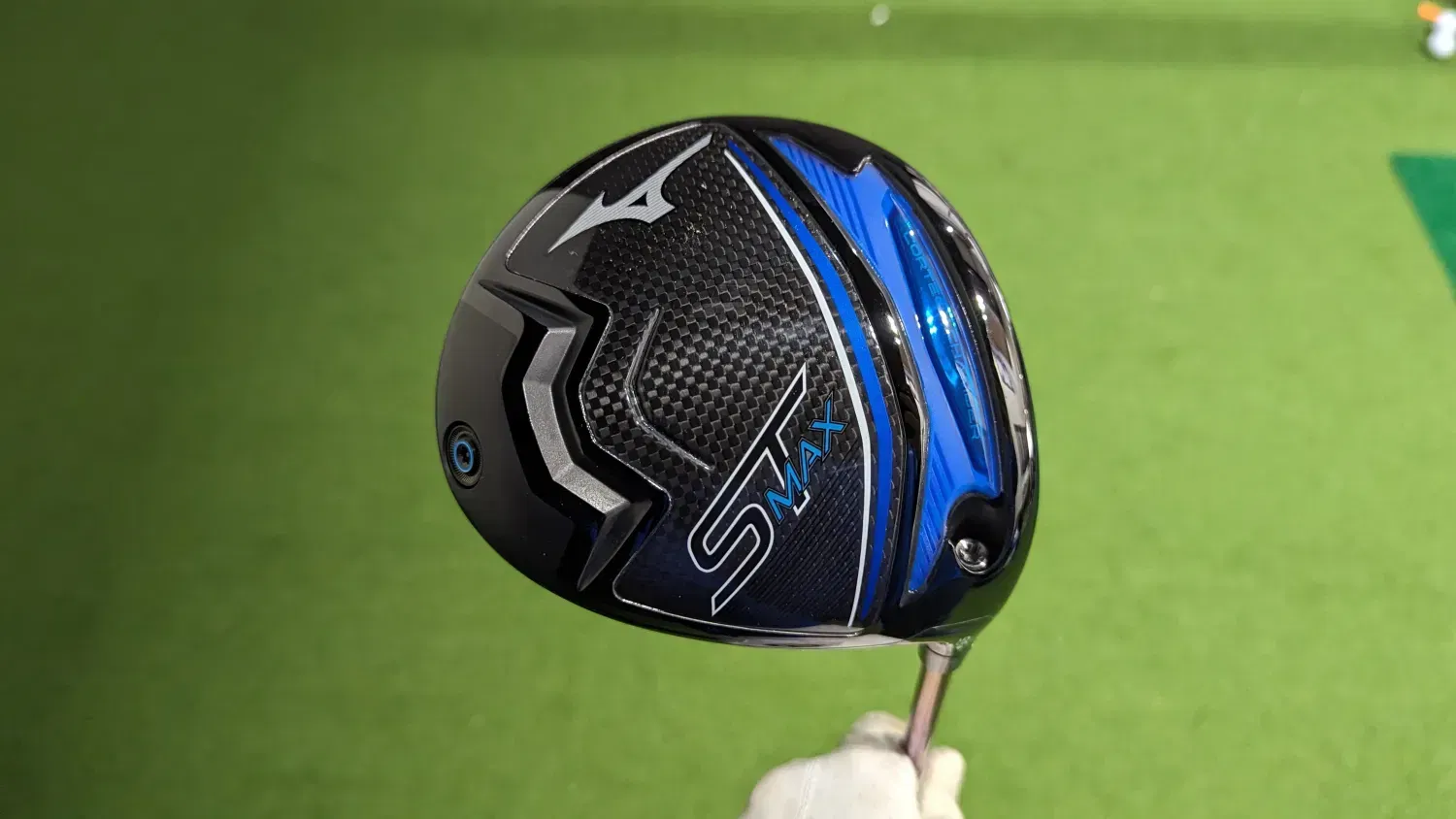
Mizuno ST Max 230
Key Features:
- Cortech Chamber: A dense stainless steel weight with elastomeric TPU shifted closer to the clubface to maintain ball speeds across a wider portion of the clubface
- 54 gram back weight: positioned to improve stability and straight line performance
- Beta rich LFS Ti clubface: a new lighter, faster face material for improved ball speeds from across the face
Price: £449
Pros:
- Offers outstanding forgiveness and stability from across the face
- One of the longest drivers we've tested this year
- An excellent all around performer
Cons:
- Larger footprint and profile may take some getting used to at address
One of the best performers from last season, the Mizuno ST Max 230 is an outstanding driver that can compete with the best of the best in terms of both distance and forgiveness.
The driver features a large 54 gram weight located at the back of the head to improve MOI and twist resistance, which has in turn made it one of the mast stable models on the market this year.
Thanks to the extended Cortech chamber, which allows stress to be taken away from the clubface, this model also provides remarkably consistent ball speed numbers from across the hitting surface.
In terms of looks, this might not be the most attractive design on this list, but the carbon crown and electric blue panelling on the sole, certainly add to its shelf appeal.
During testing, this driver was one of the easiest to hit, and along with the PING G430 Max 10K and TaylorMade Qi10 Max, we think it's one of the best options on the market for mid to high handicappers who struggle to find the fairway.
Thanks to a new Beta rich LFS Ti clubface, this driver also produces lovely feel across the face and crisp and satisfying acoustics.
If you're a golfer who wants to improve their distance and accuracy off the tee, then the Mizuno ST Max 230 should certainly be considered. Given it's getting close to the end of its two-year cycle, it can also be had for well under £300 right now, which is a steal.
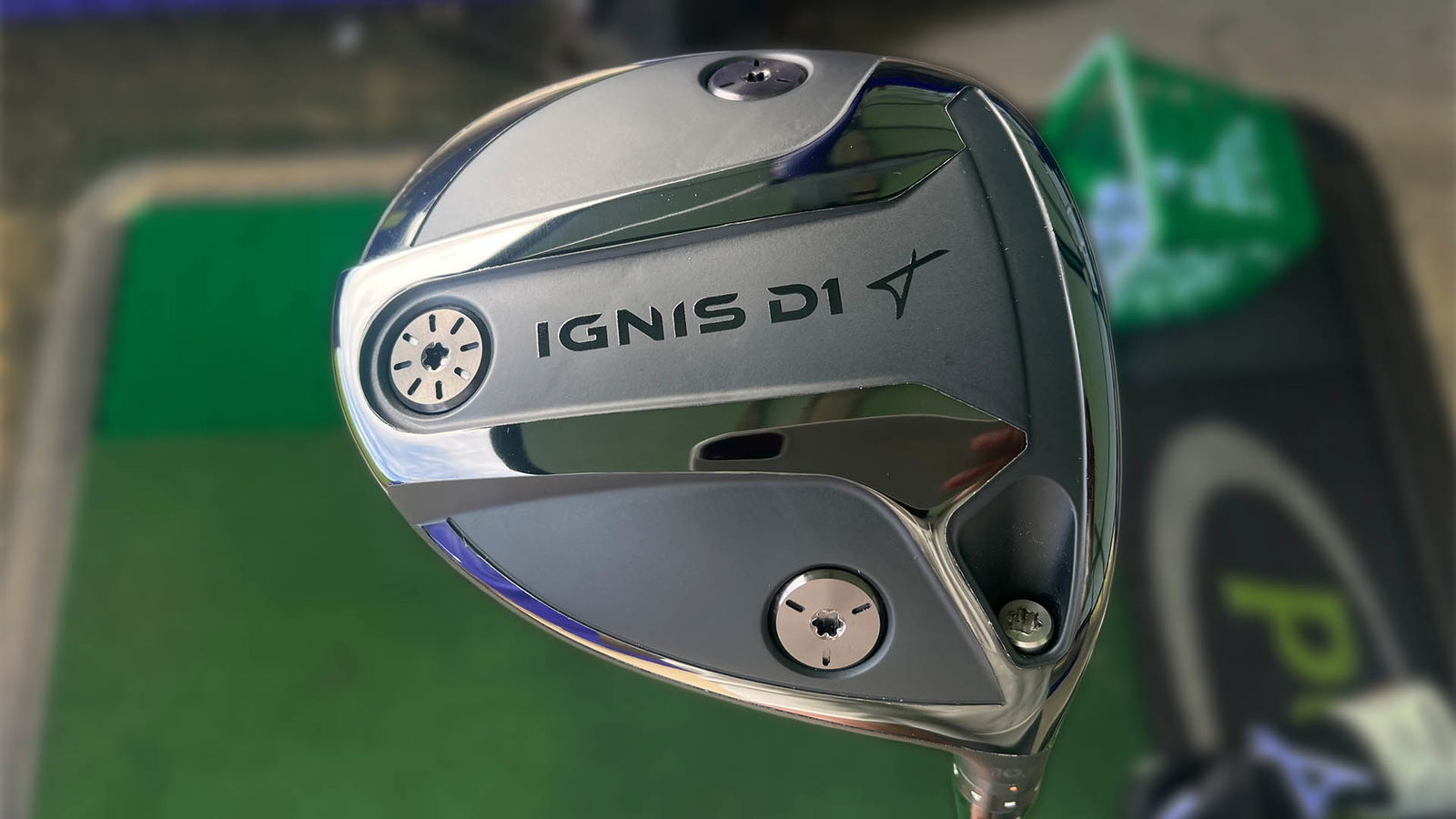
Takomo Ignis D1
Key Features:
- Carbon crown
- Trio of adjustable weights to prioritise fades, draws or MOI
- Variable thickness face provides a huge sweet spot
- Choice of Fujikura shafts
Price: £299
Pros:
- Fantastic forgiveness and ball speed from across the face
- Looks great
- Outstanding value
Cons:
- Not super long
- Slightly lower MOI
Takomo's Ignis D1 driver is a new addition to the market and a step in a bold new direction for the affordable premium brand, who have made their name making sleek irons and wedges with a direct to consumer model.
The first flagship driver to release after a period of prototyping, the Ignis D1 is firmly aimed at the developing golfer, prioritising forgiveness and repeatability of performance over raw speed and distance with its variable thickness face and massive sweet spot.
Despite costing £200 less than the big-budget companies, it features tons of premium tech, including adjustable tungsten weights and a carbon crown, and looks excellent. The choice of Fujikura Ventus shafts is a great touch as well, offering tons of stability without the price tag.
Shop now: $299 from Takomo Golf
READ OUR FULL TAKOMO IGNIS D1 DRIVER REVIEW
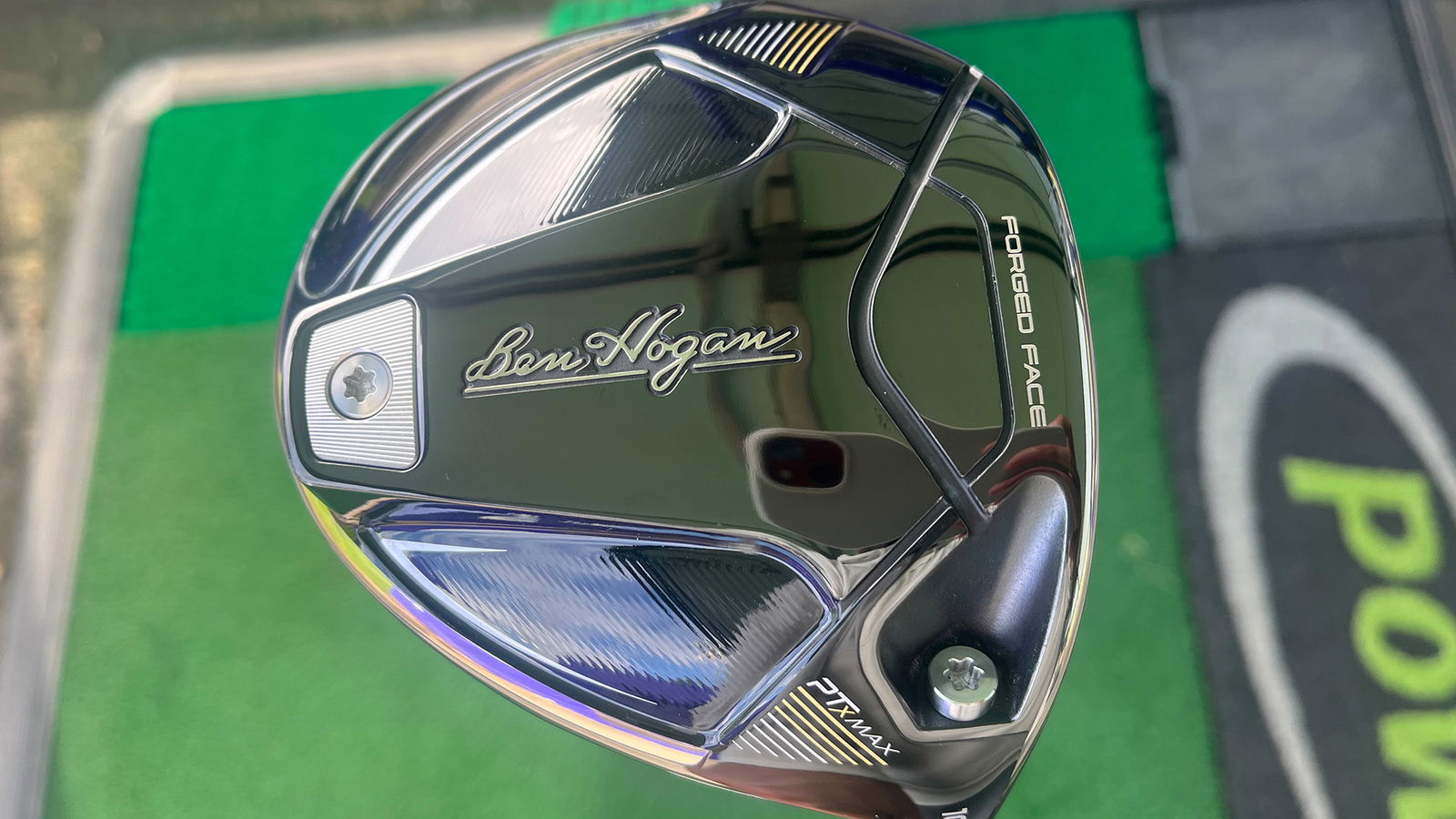
Ben Hogan PTx Max Driver
Price: £279
Key Features:
- High MOI construction and weighting
- Carbon speed pocket enhances aerodynamics to aid club speed
- Variable thickness face provides extra distance and launch off the whole face
Pros:
- Fantastic forgiveness and ball speed from across the face
- The best priced 10k MOI driver out there
- Outstanding value
Cons:
- Not super long
- Looks are a bit safe
Bumping up as direct competition to the Takomo is Ben Hogan's new PTx Max: another high-forgiveness, high MOI driver available brand new for well under £300.
Made to embody Ben Hogan's classic aesthetic while incorporating plenty of new technology, the PTx Max has a full carbon crown, a high-density sole and an aerodynamic carbon speed pocket to help newcomers and developing players effortlessly generate clubhead speed and MOI.
Overall, the PTx Max is one of the most forgiving driver we've tested this year at its price point, the large head generating plenty of easy launch while keeping off-centre strikes on the straight and narrow.
The PTx Max also comes with an excellent range of shaft choices, taking the guesswork out of picking the perfect driver and helping a wider range of newcomers attain a custom-like fit that properly suits their swing.
READ OUR FULL TAKOMO IGNIS D1 DRIVER REVIEW
What impact does the clubhead design have on a beginner golfer's game?
There is a huge array of design choices manufacturers make when catering a driver towards newer golfers or outright beginners. These include:
Clubhead Size
The size of a golf driver's head is measured by volume in cubic centimetres, the maximum size allowed by golf's governing bodies being 460cc.
Beginner drivers are almost always designed to the largest legal size, the larger head and bigger face providing the biggest possible sweet spot and the conditions for the driver to maximise MOI, which we'll come on to shortly.
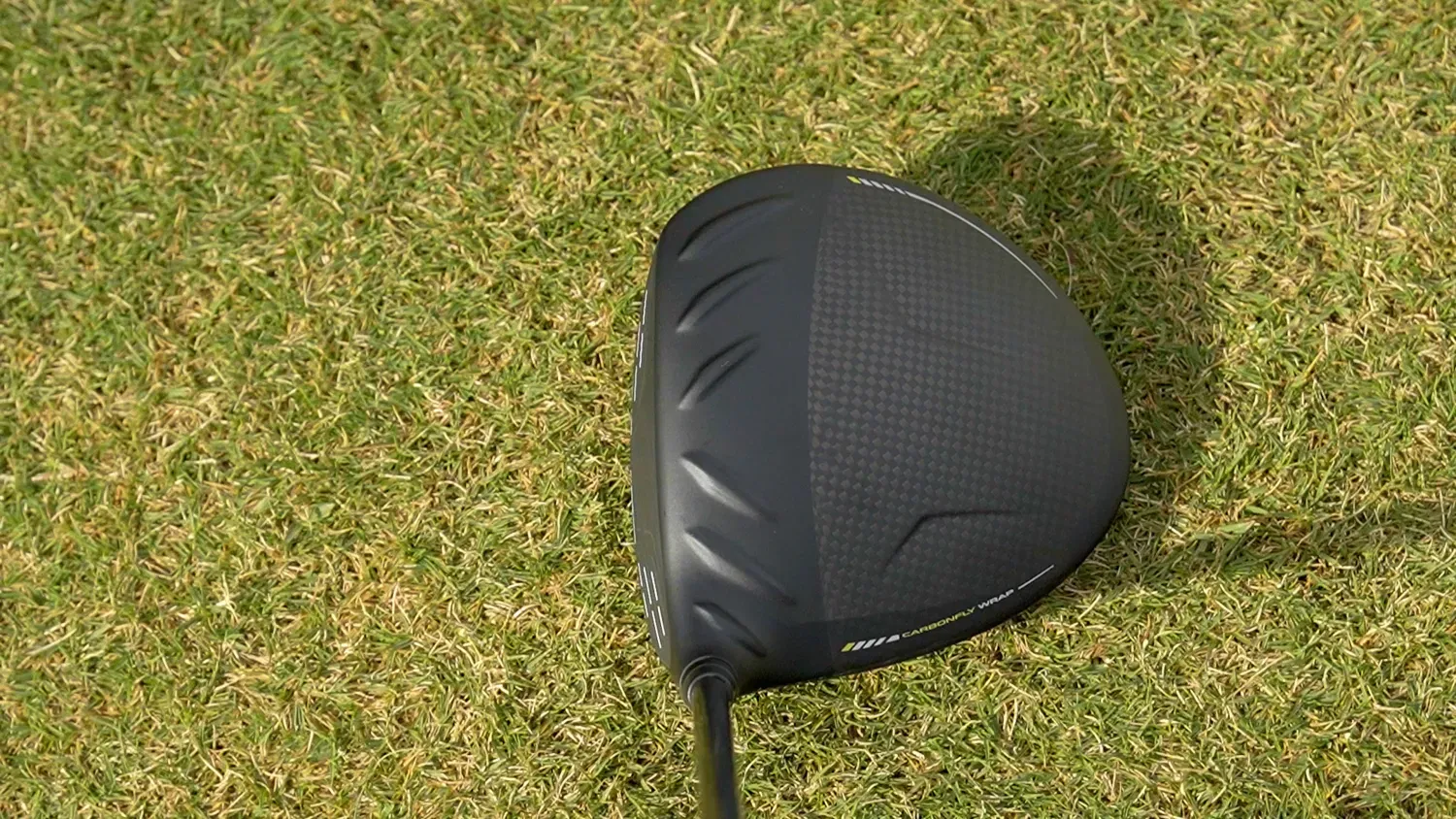
Materials and weight
Most big-name golf drivers on the market in 2025 come equipped with heads made of either titanium or composite materials like carbon fibre. These materials allow golf companies can design 460cc drivers without increasing weight, helping players swing the club faster, hit the ball further and more accurately.
Knowing how much your driver weighs (total weight), and of that weight, how much of it is in the head (swing weight), is becoming a critical part of improving a player's driving, helping match the head to the player's individual tempo and swing.
A manufacturer's choice of material can also impact the shape and finish of a driver's crown, changing the experience of viewing it at address. Some crowns are shiny, others have a matte finish that reduces glare, which can be handy if you play in sunnier climates.
As such, it's important to test a number of drivers out to figure which design appeals to you most visually and inspires the most confidence before you swing.
.jpg?width=1600)
Moment of Inertia (MOI)
MOI is a common phrase in golf, particularly when it comes to the driver. It refers to a club's forgiveness, specifically its resistance to twisting at impact.
A driver with a high MOI means it is less likely to twist or rotate when you strike the ball outside the centre of the face, thereby generating longer, straighter shots for inconsistent hitters and reducing the impact of hooks and slices.
Many beginner-oriented drivers are now marketed on their MOI figures, with many brands now boasting that their drivers produce MOI figures approaching or exceeding 10,000. Keep an eye out for this when browsing clubs for yourself.
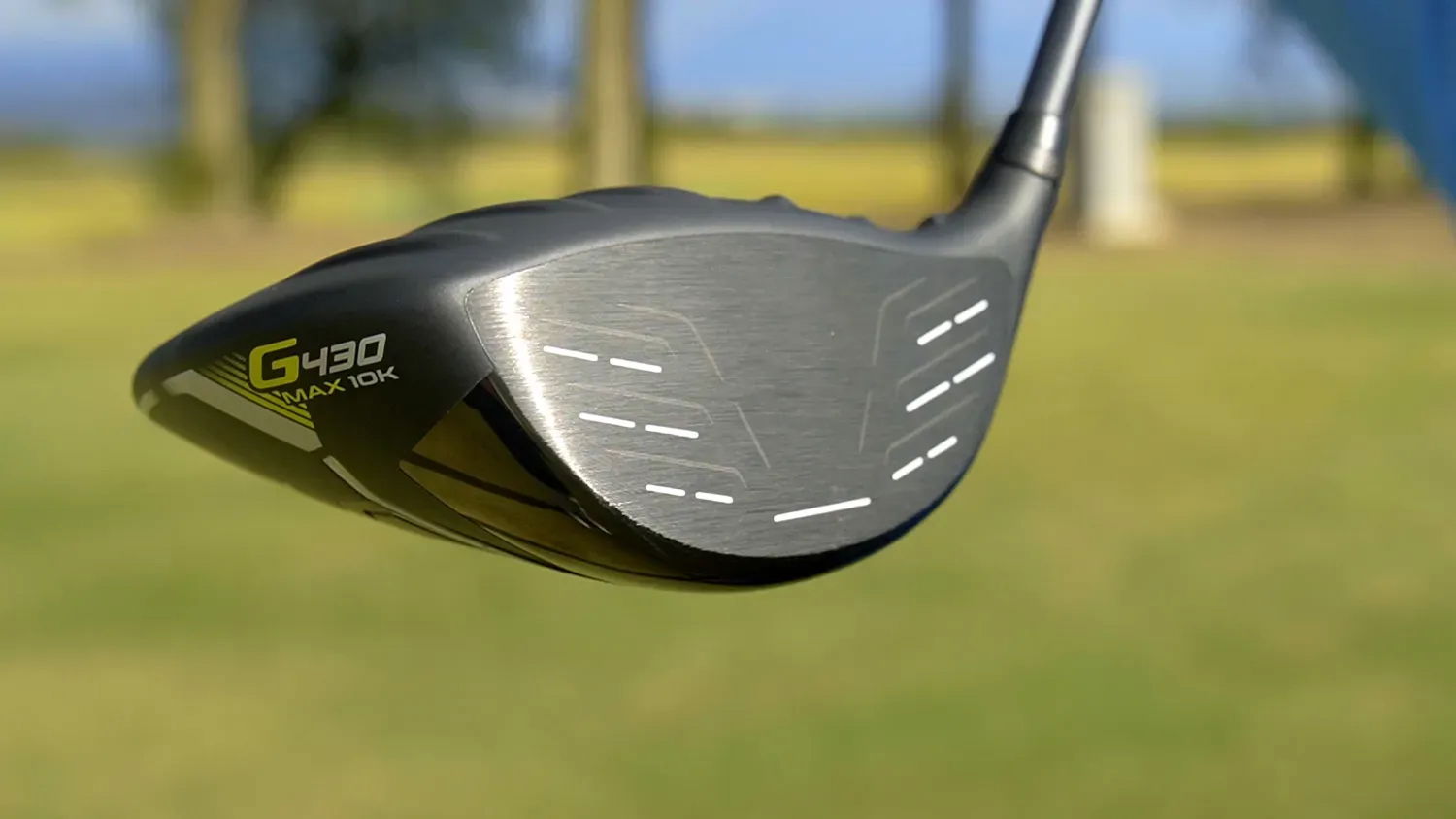
Centre of Gravity (CG)
CG is another common phrase and it refers to the single balance point of the driver. Different brands have opposing views on where best to place the CG in their drivers, however the broad view is that a club with a CG placed towards the back of the club is best-suited to helping beginners launch the ball high and far.
In general, the lower and further back the CG is, the higher the ball will launch as the spin is increased. The driver will also be more forgiving as the MOI will be higher. Moving the CG forward will increase ball speeds but reduce the ball spin and the MOI.
The CG of a driver can be moved vertically, horizontally, or back and forward in a club head by moving fixed or adjustable weights inside the head. Of the drivers that feature weights, you can expect to see sliding weights or plugs from anything between one and 20 grams on the sole of the club. This helps adjust the flight of the ball in numerous ways, aiding or inhibiting launch, or producing a draw/fade bias.
Rear CG drivers aren't necessarily for everyone, however, and beginners who launch their drivers particularly high may be better suited in a more balanced driver. As such, it's important to get fitted if you're not sure which CG location works best for you.
How do driver lofts influence driving for novice players?
Driver loft refers to the angle of the face in relation to the vertical, and each model is typically available between 8 and 13 degrees. Lower lofted drivers have a slightly lower trajectory, but go a little further in the hands of players who can generate plenty of clubhead speed.
Conversely, higher lofted drivers are better for players with slower swing speeds or players that need extra help to get the ball airborne.
Most beginner-oriented drivers sit somewhere between these two extremes, with 9 and 10.5 degree lofts most commonly recommended for players who have neither particularly fast nor slow swing speeds.
What are the differences between using an adjustable vs a fixed driver with adjustable features versus a fixed driver?
Most big-brand golf drivers now come with some level of adjustability, with different hosel placements allowing the player to tweak the club's loft and lie angle to produce different types of shots more easily.
The plethora of adjustable golf drivers now available has made it easier than ever for beginners to tinker with their set-up, theoretically making it easier to make the driver fit the swing, rather than the other way round.
Adjusting the loft of your golf driver can also change the lie angle - the angle of the shaft to the ground at address. A change to the lie angle will affect your ball flight horizontally left or right.
Some companies, like Cobra, now have adjustable systems that allow players to choose up to 30 different settings, thereby allowing you to tweak your set-up on the fly if a slice or a hook has worked its way into your game.
Dialling in the correct loft and lie is a vital aspect of the custom fitting process and an equally fun way of figuring out what works for you when practicing with your driver at the range, so we strongly recommend you opt for an adjustable driver over a fixed one.
Just remember, you cannot change the setup of your driver during your round if you're playing an official round.
What should beginners know about shafts when purchasing a driver?
Shafts are important in all golf clubs, but especially drivers. As such, even a driver head perfect for your game might not perform at its best if the shaft supplied isn't suited to your swing.
Thankfully, most big-name OEMs now offer an array of shafts with their drivers. However if you are investing the big bucks into a new driver, we always recommend finding a fitment centre that knows how to drill down into the data and figure out exactly what will work best for your swing speed and tempo.
As a general rule, lighter, less stiff shafts will produce a higher, right-to-left biased ball flight, while heavier, stiff shafts will launch the ball lower with a higher tendency to shape the ball to the right.
The right shaft can help players hit the ball further, straighter and more consistently. Most manufacturers will offer drivers in a variety of weight and flex options, with heavier, stiffer shafts generally employed to provide stability for players with faster swings.
Other flexes include light or ladies flex (L), senior (A) and more extra stiff options, like the tour extra stiff (TX) shafts commonly used by the pros.
When should a beginner golfer invest in a new driver?
This is a question that warrants many different answers, however if you're playing a particularly old set of clubs, you'll likely see a vast difference in both forgiveness and distance by upgrading to a newer driver, particularly if it's custom fitted to suit your swing.
Golf driver technology is now so advanced that changes made year to year are much more incremental, so constantly changing your golf driver is not usually necessary if you already have one made in the last three to five years. Things are still slowly progressing, however, so if you're playing a driver that's between five to ten years old, it may be worth visiting a store to see if a switch into a newer model will benefit your game.
All this being considered, there are scenarios where it may be timely for a beginner to invest in a driver driver upgrade, mostly to do with your swing. Your golf swing will likely change dramatically as you get better, with changes in AOA, face angle and swing speed all common among game improvers. This might end up meaning that even a driver you once trusted may not be optimal for your new swing, and as such an upgrade might be the best move to get maximise the gains you've made at the range.
We would always taking your equipment to a a launch monitor every year to ensure that your driver is still optimal for your swing.
